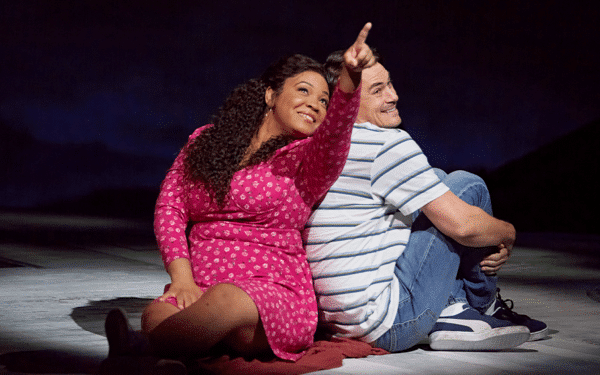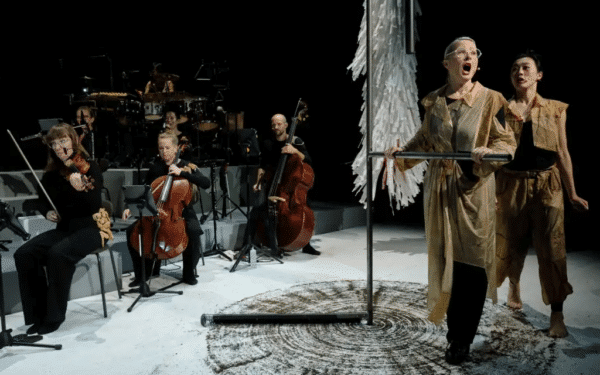On Friday, Roger Federer, at the age of thirty-six, became the oldest world number one in the history of tennis. He first claimed this spot an astonishing fourteen years ago. Such supremacy, and such longevity, is rare, not just in sport but also in business, politics, and just about everything else. The way he’s done it is even rarer.
***
As a young child, I always liked tennis, but I liked lots of other sports too. At the weekend, I would squeeze onto the sofa in between my two older brothers, eat beans on toast, and watch whatever the BBC was showing: football’s FA Cup, rugby’s Six Nations, the sub-standard British athletics events in unromantic parts of the country like Doncaster, and the rest.
All this changed when I first laid eyes on a young, Swiss maestro with floppy brown hair. It was Wimbledon, June 2003, when I fell in love with tennis and, more specifically, fell in love with Roger Federer.
This twenty-one year-old, with greasy hair pulled back into a bun and baby-fat left in his cheeks, swept to Grand Slam glory. The winning, though, was not what made Roger Federer sublime; it was the ballet.
I had then, and to this day I still have not, seen anyone move like Federer. Feet dancing, sinews relaxing, shoulders swimming, on the court he is a mercurial mix of Tchaikovsky’s White Swan and God’s Holy Ghost.
As an adult, I have come to love impressionism, and been fortunate enough to see paintings by Monet, Manet and Van Gogh with my own eyes. None of them, though, comes close to the sight of Federer striking a backhand.
Time slows, the world shrinks, and crowds hush as he rolls his body to the left, almost forming a right-angle with the court, and then drops his head ready to hit. For a moment, all of him is still, except for a single lock of hair which slips out from underneath the headband and flicks across his forehead. The right shoulder drops and then, almost faster than the eye can see it, the back of his hand explodes into a downward semi-circle trajectory, thumping the ball back from whence it came. And the whole time his head remains completely still, eyes fixed on the point of origin in this great experiment of physics and art.
***
All this, however, is secondary in why I love Roger Federer. It’s like a romantic relationship, which has matured from aesthetic attraction into a deeper, more profound appreciation.
Over the years, as he racked up an all-time record twenty Grand Slams, including at least one on every surface, pundits have praised his artistry but forgotten his fortitude. ‘Ballet versus the bull’ is a common framing for Federer’s rivalry with Rafael Nadal, whose playing style is brutally athletic.
This misses an enormous, crucial part of why he is the legend he is. For twenty years, Federer has committed himself completely to his art. He has suffered countless injuries. He has endured long, difficult, uncertain recoveries from surgery. He has failed, fallen, and risen again.
As early as 2008, apostates declared that he was over: he struggled with mononucleosis (glandular fever) for the first half of the year and then was suffered a back injury which has plagued him ever since. He has seen Nadal, Djokovic, Murray come-and-go as apparent successors, and outlasted them all. In 2016, he was forced to undergo career-threatening knee surgery, not winning a title that year for the first time since 2000 and dropping out of the top ten for the first time since 2012. He dropped to number 17 in the world by January 2017.
He has been humbled. In 2008, against the dying of the summer light in West London, Nadal edged an all-time classic Wimbledon final 9-7 in the fifth set. Federer also lost to Nadal three times in French Open finals before finally winning it in 2009. In 2014 and 2015, Federer had to accept the runner-up rewards as young Novak Djokovic claimed his beloved Wimbledon crown; but in 2017 Federer won it back.
Federer has lost two-hundred-and-fifty matches.
Casual observers of tennis often say “well of course Federer won again.” No, not of course. What he has achieved, over twenty years and counting, is the most glorious, powerful, inspirational feat of sport many of us have lived through. And he has done it all with enormous magnanimity. Once prone to angry outbursts in his youth, Federer stands tall in a media culture that amplifies the voices of the rude and the nasty by being eloquent, kind, and a gentleman.
The marriage of genius with perseverance, ballet with fortitude, is rare. We need more of it in every field. For now, though, we still have Roger Federer. When he reclaimed the number one spot on Friday, he sat down and cried. I watched, shook my head in disbelief, and smiled.
Benjamin Clayton is a Fellow at Harvard.



